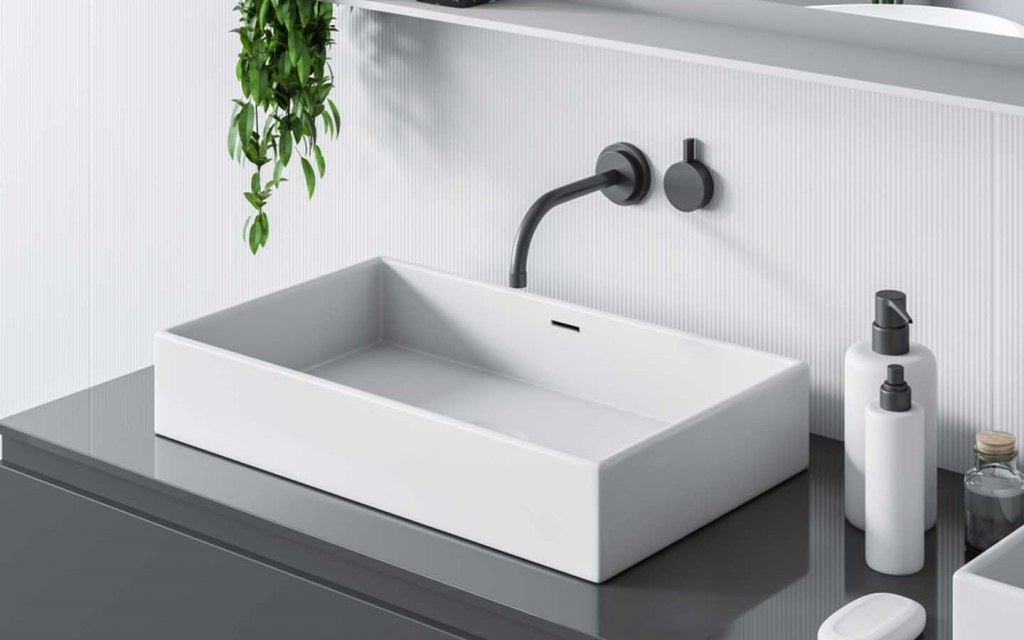Are you tired of dealing with low water pressure in your bathroom sink? Youre not alone! Many homeowners experience the frustration of a weak water stream when brushing their teeth or washing their hands. In this article, we will explore how to increase water pressure in bathroom sink and ensure a better performance for your fixtures.
Low water pressure can stem from various issues, from clogged aerators to plumbing leaks. By understanding the causes and implementing some straightforward solutions, you can restore your sink's functionality like never before. Let's delve into the solutions!

Understanding Water Pressure in Your Bathroom Sink
Water pressure is the force that pushes water through your plumbing system. It is measured in psi (pounds per square inch). Ideally, household water pressure should be between 40 and 60 psi. Low water pressure can lead to reduced efficiency, and it can be quite inconvenient. Here are some common causes:
- Clogged aerators
- Leaky pipes
- Pressure regulator issues
- Main supply line problems
Common Causes of Low Water Pressure
1. Clogged Aerator
A clogged aerator is one of the most common causes of low water pressure in bathroom sinks. The aerator is located at the tip of the faucet and mixes air with water, giving it a smooth, consistent flow. Over time, sediment and mineral deposits can accumulate, causing restrictions in water flow.
2. Leaky Pipes
Leaks in your plumbing system can significantly affect water pressure. A small leak can lead to vast amounts of water loss, resulting in lower pressure at the faucet. It's prudent to check your pipes for any visible leaks or moisture issues.
3. Pressure Regulator Issues
If your home has a pressure regulator, it may be malfunctioning. A faulty pressure regulator may not maintain the right pressure in your plumbing system. Consider consulting a plumbing professional to assess and fix the issue.
4. Main Supply Line Problems
Lastly, problems with the main supply line can cause low water pressure. This is often a more significant issue and may require professional assistance.
Steps to Increase Water Pressure
Step 1: Check for Clogs
The first step in addressing your low water pressure issue is to check for clogs in the faucet aerator. Unscrew the aerator from the faucet and inspect it for any debris or buildup. Clean it with vinegar and a brush to remove mineral deposits. If it is damaged, consider replacing it.
Step 2: Inspect for Leaks
Examine your pipes for any signs of leaks. If you spot any leaks or damp areas, fix them immediately. This may involve tightening fittings or replacing sections of pipe.
Step 3: Adjust the Pressure Regulator
If you have a pressure regulator, take a moment to adjust it. There is usually a screw on top that allows you to increase or decrease the pressure settings. Do this carefully and keep an eye on the pressure gauge.
Step 4: Check the Main Water Supply
If the issue persists, inspect the main water supply line for any issues. If you suspect a malfunction here, its best to call in a plumbing expert to assess the situation.
DIY Maintenance Tips
Maintaining your bathroom sink and plumbing system doesn't have to be intimidating. Here are some DIY maintenance tips you can follow:
- Regularly clean the aerator.
- Inspect exposed pipes for leaks.
- Flush your water heater once a year.
- Monitor your water bill for sudden increases that may indicate leaks.
What to Do if Problems Persist
If you have tried the above steps and still experience low water pressure, consider consulting a professional plumber. They have the tools and expertise to diagnose and repair more complex plumbing issues. For more information about plumbing solutions, check out this resource on sink leaks, which can provide additional insights.

Frequently Asked Questions (FAQ)
1. How can I tell if my aerator is clogged?
If your water flow is weak despite the faucet being fully open, it is likely clogged. Remove the aerator and inspect it for debris.
2. What is the ideal water pressure for a bathroom sink?
The ideal water pressure should be between 40 and 60 psi.
3. Should I hire a plumber for low water pressure issues?
If your DIY efforts do not resolve the low pressure, its best to contact a professional for assistance.
As an Amazon Associate, I earn from qualifying purchases.






